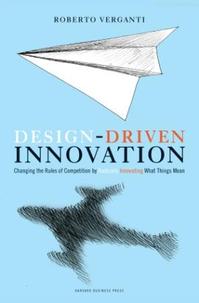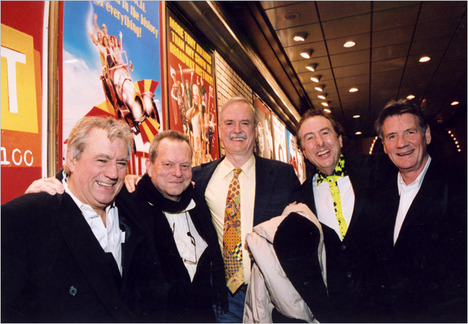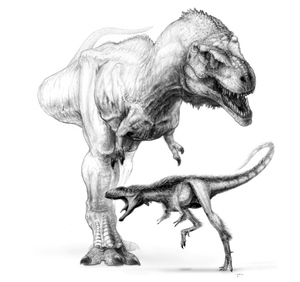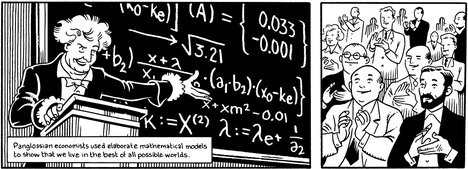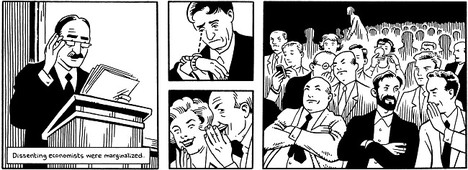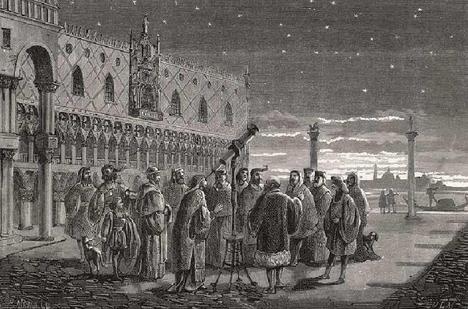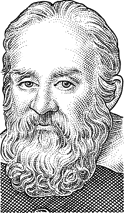Source of book image: http://press.harvardbusiness.org/on/wp-content/uploads/2009/03/verganti_300dpi.jpg.
(p. W8) In “Design-Driven Innovation” (Harvard Business Press, 272 pages, $35), Roberto Verganti holds that product development should be grounded not in the data of survey-takers or the observations of anthropologists but in the judgment of executives. “We have experienced years of hype about user-centered design,” he says. But breakthrough innovations, in Mr. Verganti’s view, do not represent what customers knew they wanted. Rather, the most profitable innovations are those that create a radically new meaning for a product.
Nintendo’s Wii video-game console and its motion-sensing controllers “transformed what a console meant: from an immersion in a virtual world approachable only by niche experts into an active workout, in the real world, for everyone.” The Swatch in 1983 introduced a new meaning to the watch: neither an article of fine jewelry nor a utilitarian timekeeping tool but a fashion accessory. Starbucks, he says, changed the meaning of a coffee shop from a place to buy coffee to a home away from home.
For the full review, see:
DAVID A. PRICE. “The Shape of Things to Come; Design is more than aesthetics and ease of use. It’s a way of doing business.” The Wall Street Journal (Fri., OCTOBER 9, 2009): W8.
Reference for book under review:
Brown, Tim. Change by Design: How Design Thinking Transforms Organizations and Inspires Innovation. New York: HarperBusiness Publishers, 2009.

